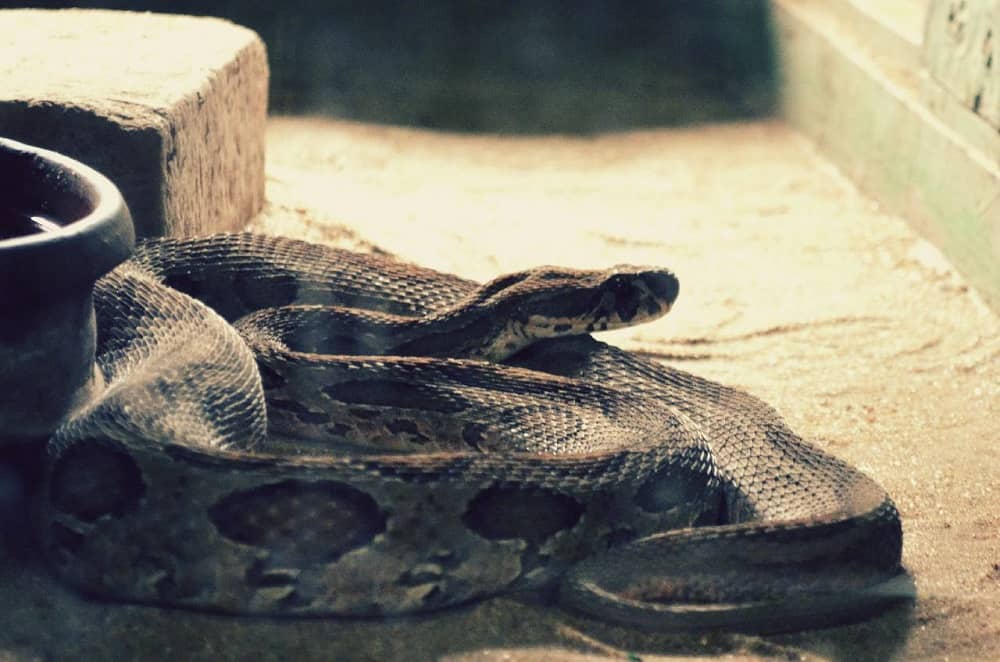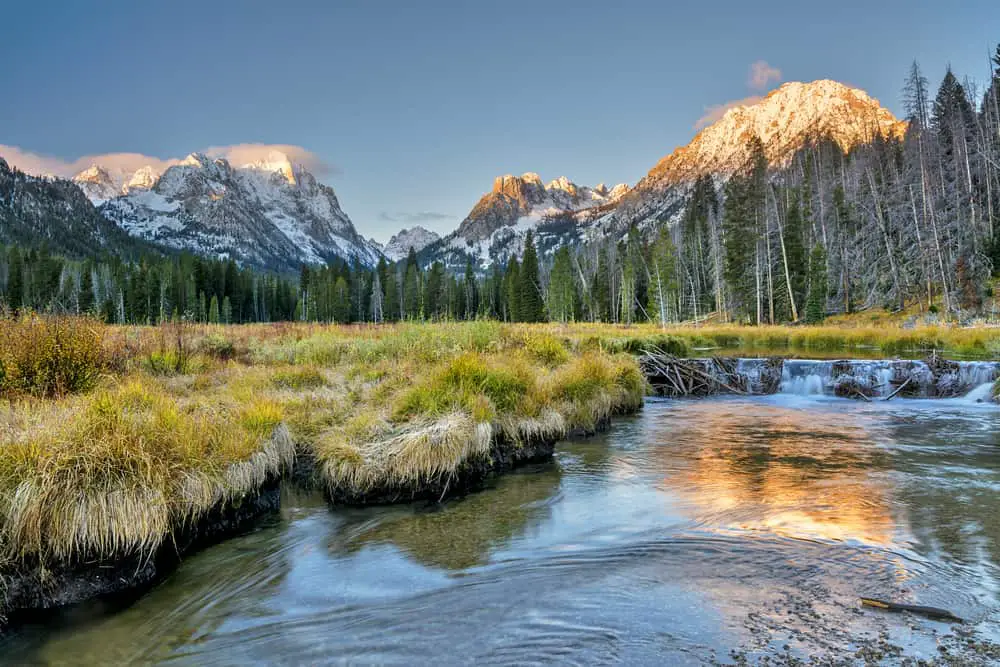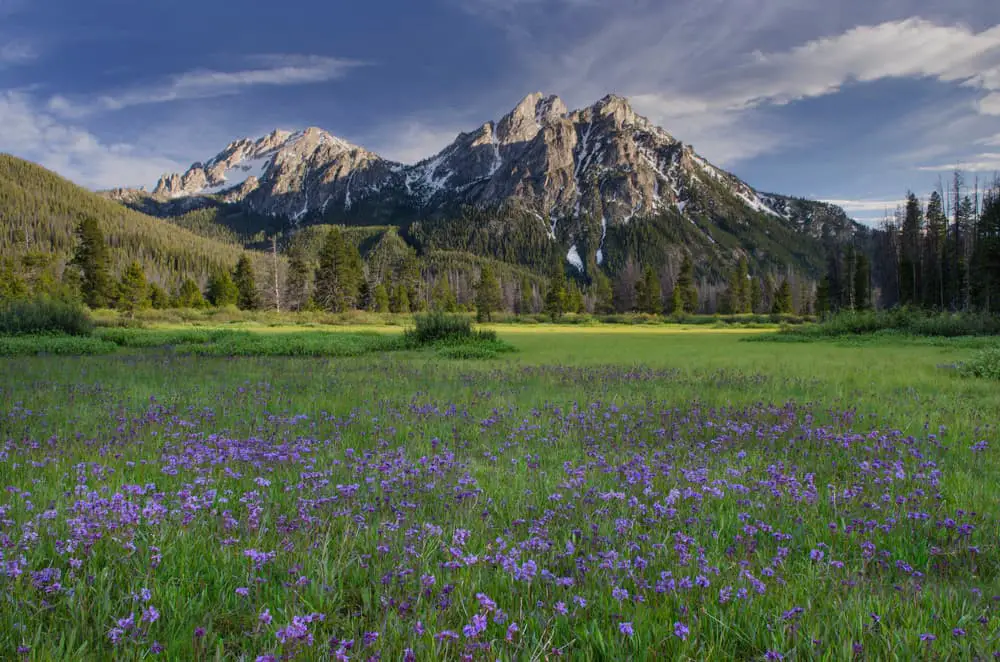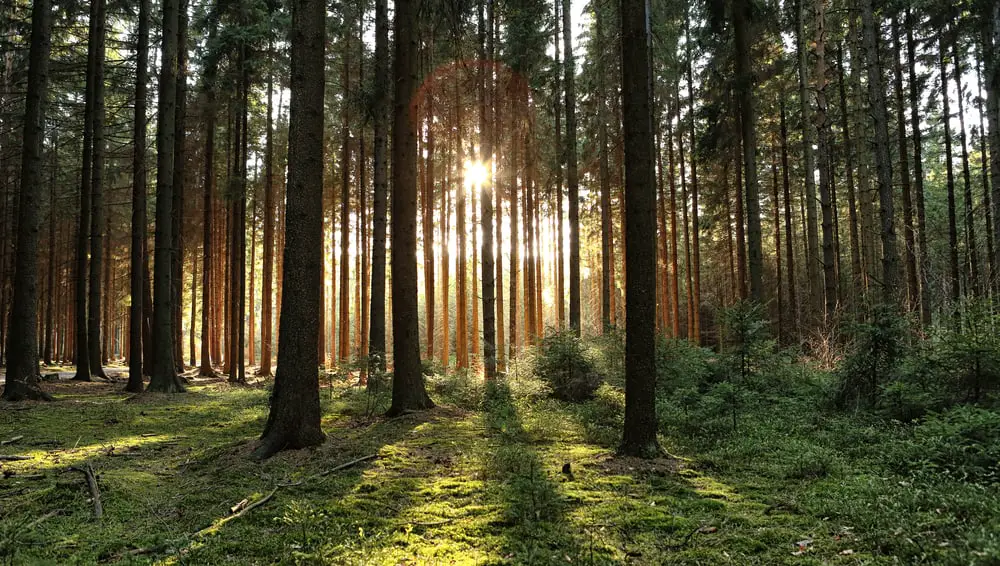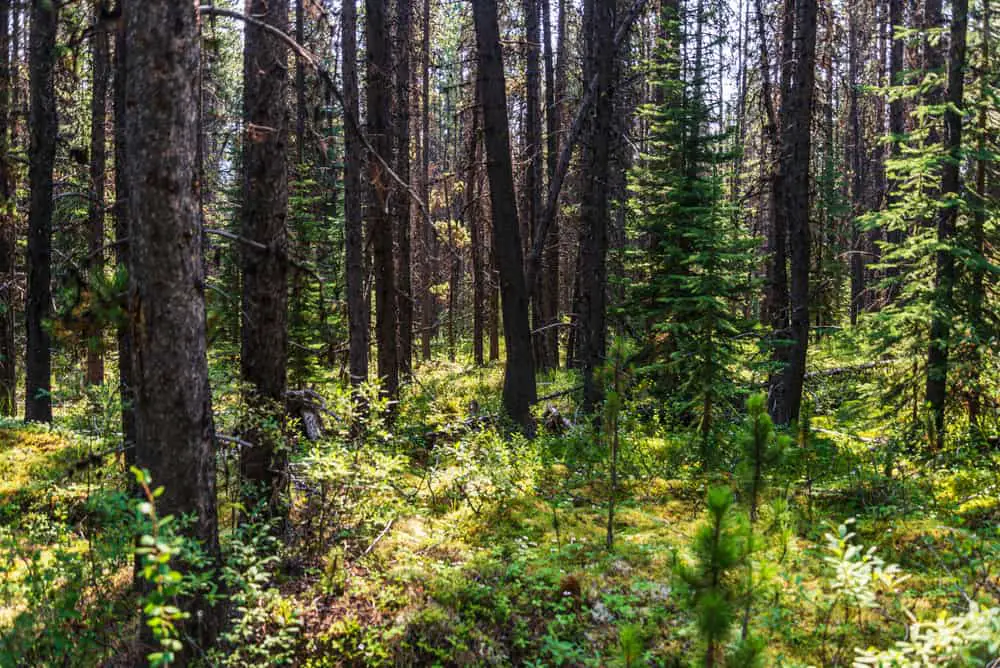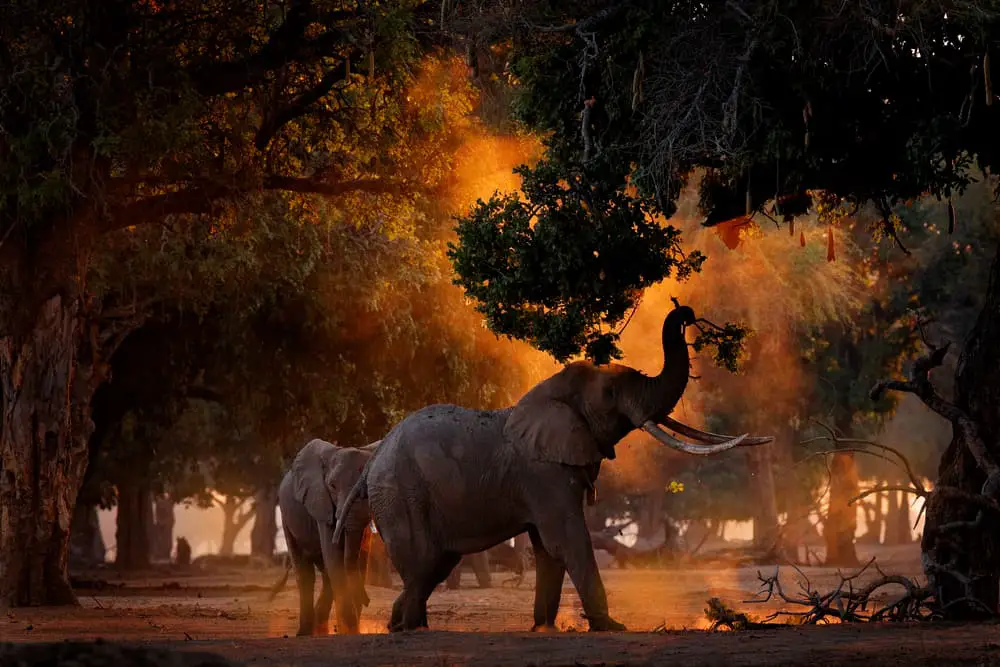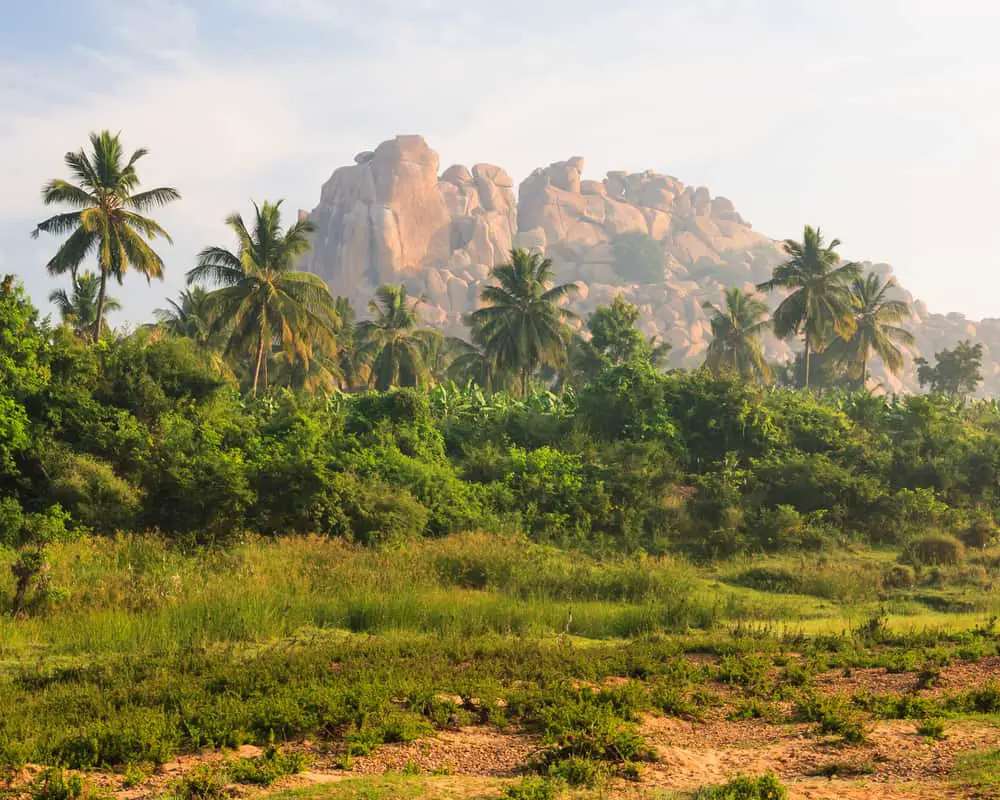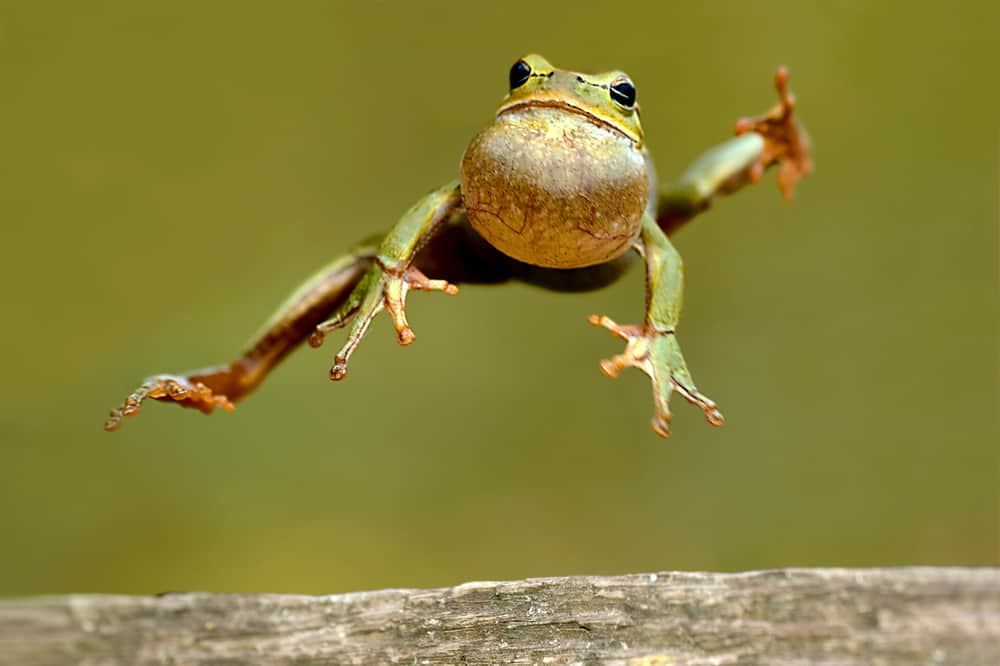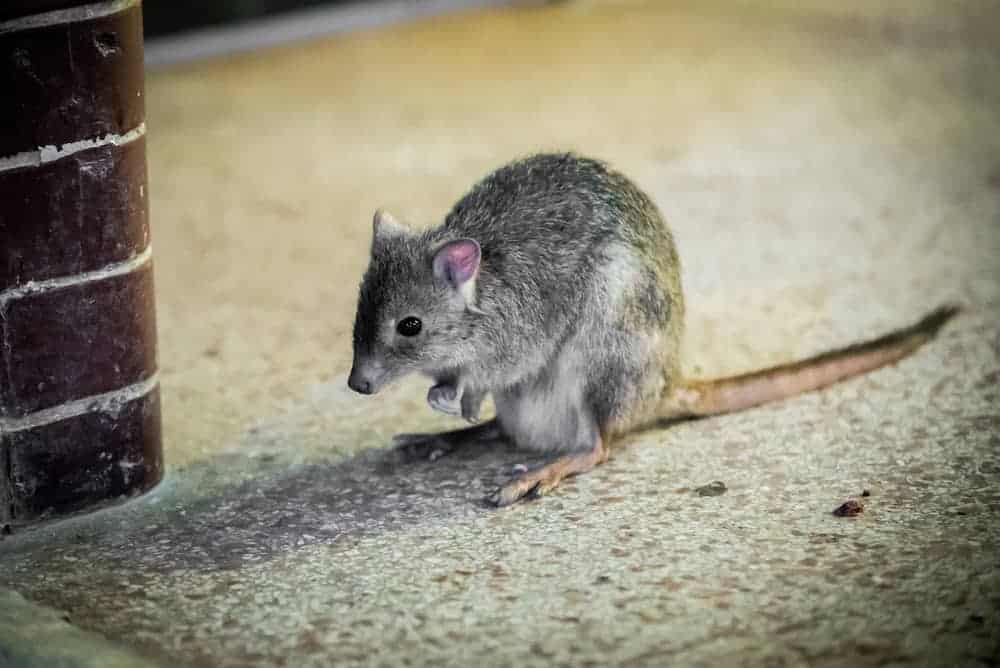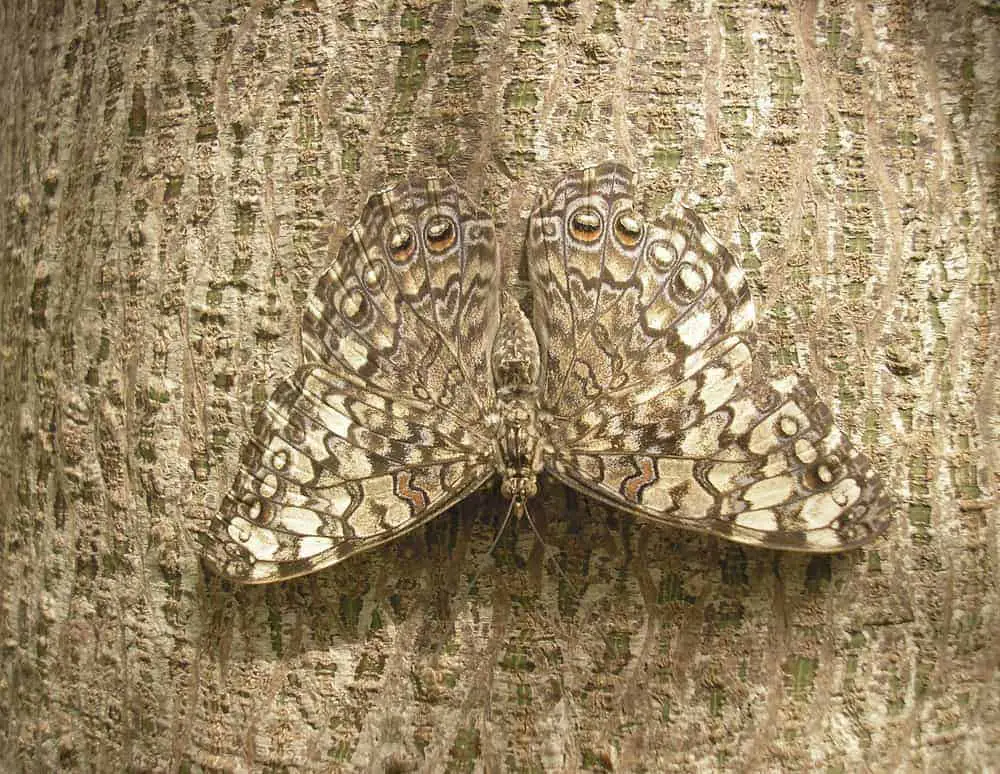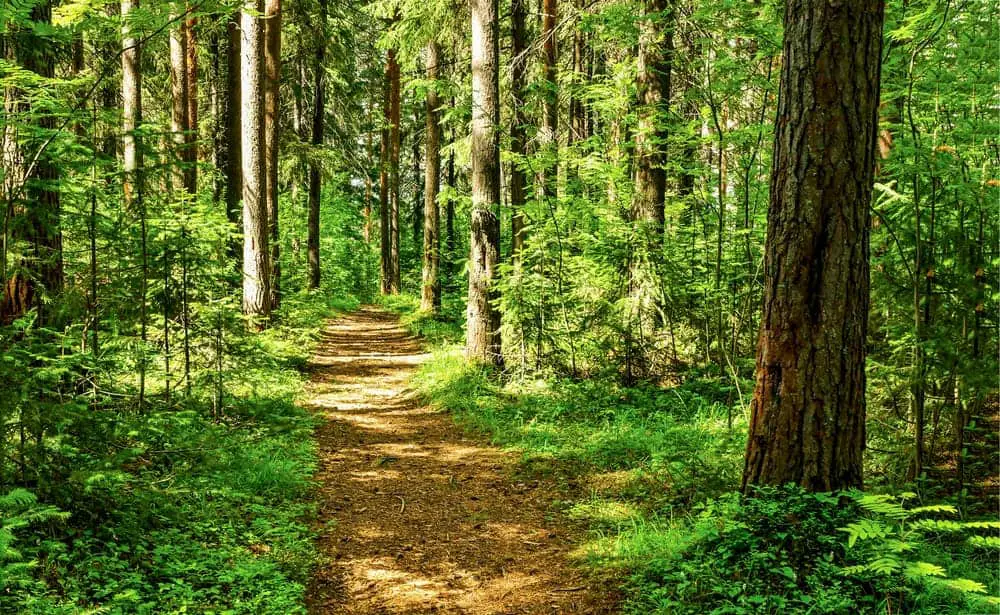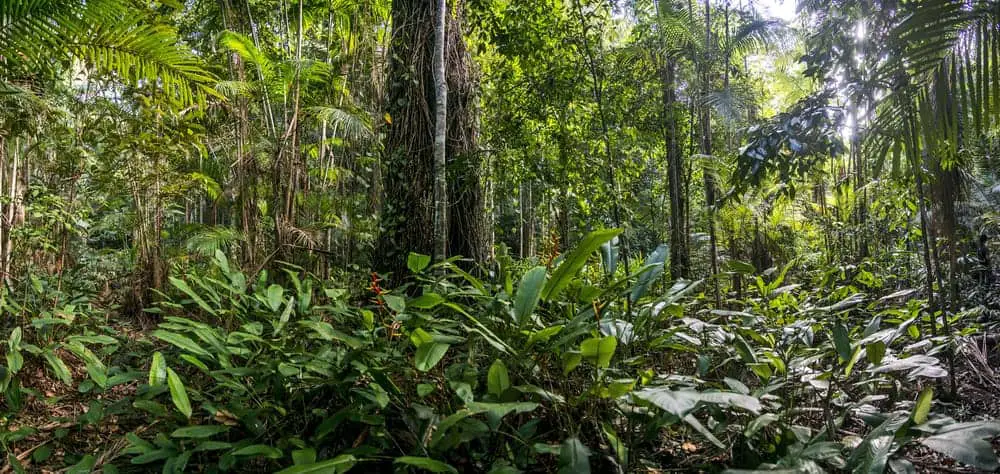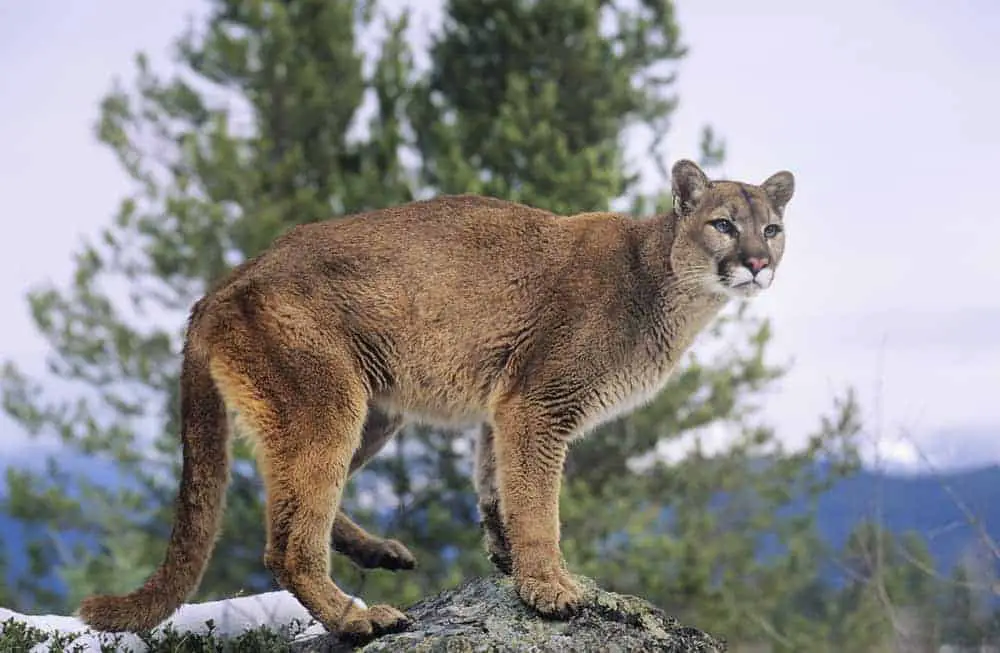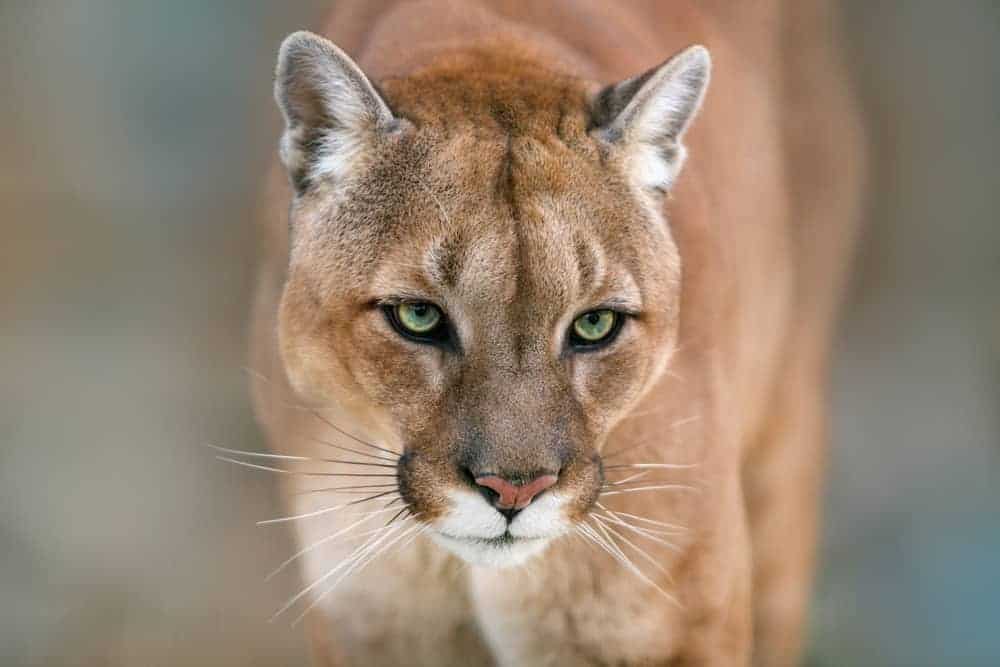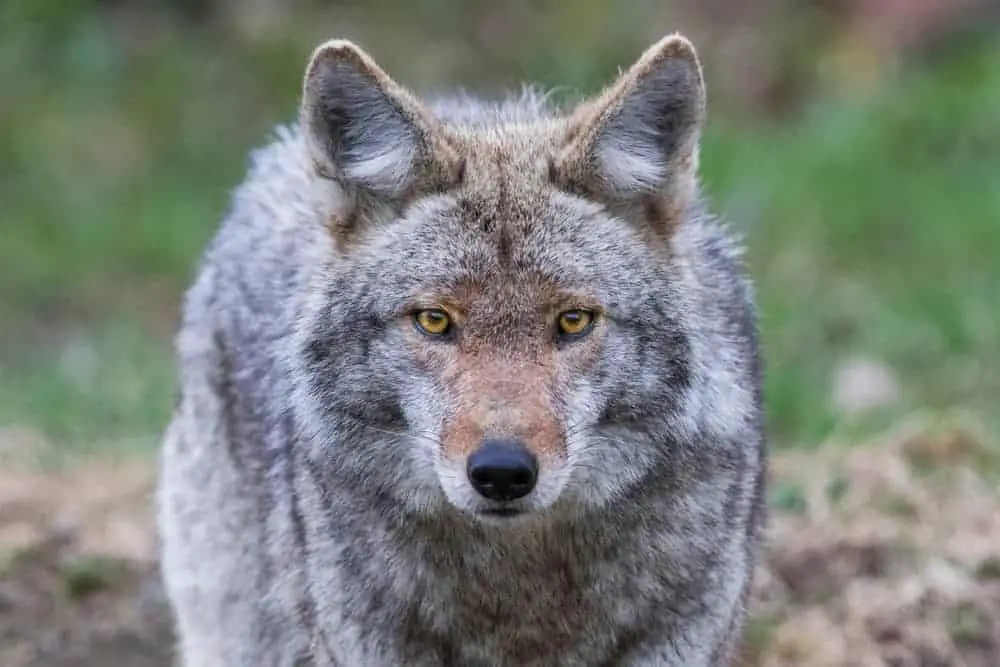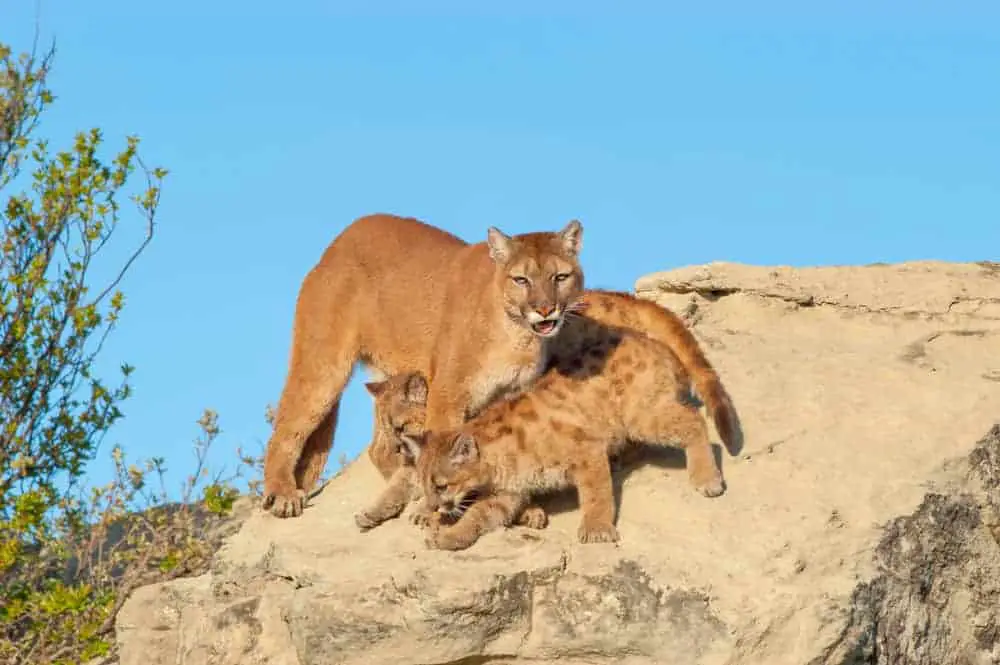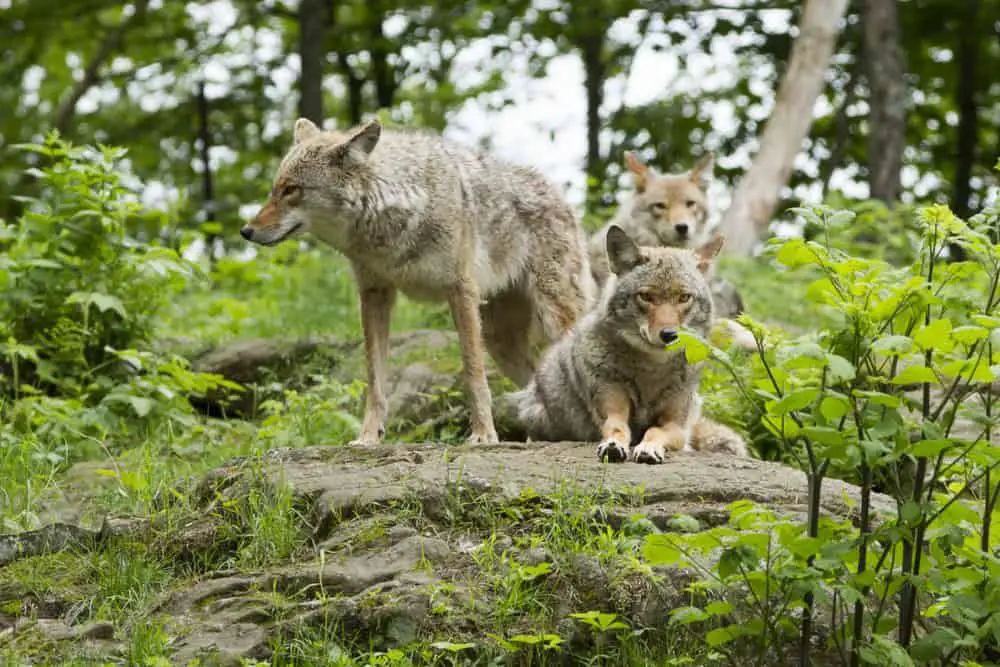
Coyotes live all across Northern America, up into Canada and down into Central America.
They are often seen wandering around singularly and in pairs. Hearing stories about coyotes and seeing them on TV has made me wonder about their pack-life. How big are coyote packs, and how do they function together?
Coyote packs are made up of an alpha male and female mated pair. The rest of the pack comprises close relatives, the alpha pair’s latest liter, numbering between 4 – 7 pups, and depending on the location, 3 – 4 other adults often encompassing individuals from previous litters.
Knowing that coyote packs are made up of family members is just the tip of the iceberg. There is so much more information on how these pack members function together as a unit. Let’s delve deeper into the ins and outs of coyote packs.
Table of Contents
- How are Coyote Packs Formed?
- How Big are Coyote Pack Territories?
- How Do Coyotes Pack Members Communicate with One Another?
- Do All Coyotes Live in a Pack?
- Conclusion
How are Coyote Packs Formed?
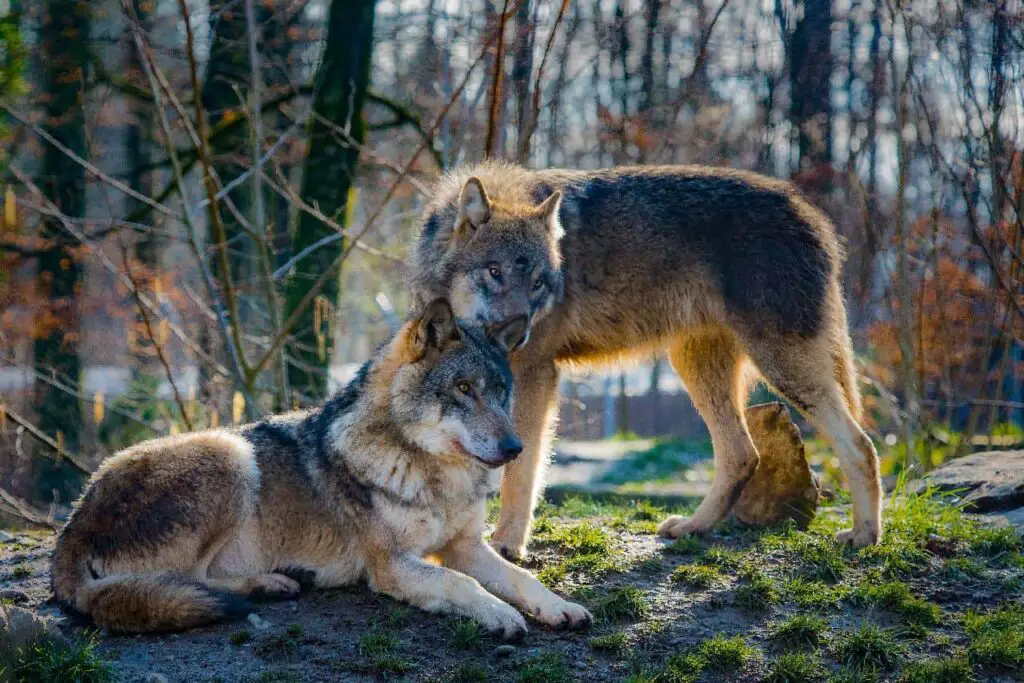
Male and female coyote mated pairs are often monogamous, remaining together for many years. Once mated, the couple forms the basis of their pack, from where they produce their offspring, who in essence become the newest members of their pack. Mating season for coyotes is between January and March, and gestation lasts between 58 – 65 days, after which a female will bear between 4 -7 pups per litter.
During this time, the female coyote will make use of a den or underground burrow. In case of a flood, these dens are often found on a hillside with good drainage and a good vantage point to see any approaching danger. Females will dig a new burrow, use a previously dug burrow or take over other animals’ burrows, such as a badger hole.
The newest pack members are born blind and therefore stay in the den for up to 2 – 3 weeks before they venture outside to play and begin their life lessons. By weeks 5 – 7, the pups are … Read the rest of the story.
